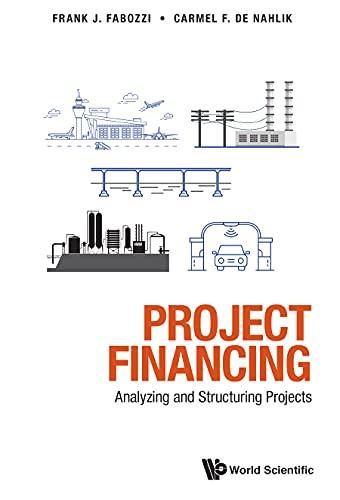Brook's Window Shields Inc. is trying to calculate its cost of capital for use in a capital budgeting decision. Mr. Glass, the vice-president of finance, has given you the following information and has asked you to compute the weighted average cost of capital. The company currently has outstanding a bond with a 12.2 percent coupon rate and another bond with a 9.5 percent coupon rate. The firm has been informed by its investment banker that bonds of equal risk and credit rating are now selling to yield 13.4 percent. The common stock has a price of $58 and an expected dividend (D2) of $5.30 per share. The firm's historical growth rate of earnings and dividends per share has been 9.5 percent, but security analysts on Wall Street expect this growth to slow to 7 percent in future years. The preferred stock is selling at $54 per share and carries a dividend of $6.75 per share. The corporate tax rate is 25 percent. The flotation cost is 2.1 percent of the selling price for preferred stock. The optimum capital structure is 40 percent debt, 25 percent preferred stock, and 35 percent common equity in the form of retained eamings. a. Compute the cost of capital for the individual components in the capital structure. (Do not round intermediate calculations. Input your answers as a percent rounded to 2 decimal places.) b. Calculate the weighted cost of each source of capital and the weighted average cost of capital. (Do not round intermediate calculations. Input your answers as a percent rounded to 2 decimal places.) The Nolan Corporation finds it is necessary to determine its marginal cost of capital. Nolar's current capital structure calls for 50 percent debt, 30 percent preferred stock, and 20 percent common equity. Initially, common equity will be in the form of retained earnings (Ke) and then new common stock (Kn). The costs of the various sources of financing are as follows: debt (after-tax). 9.6 percent; preferred stock, 9 percent; retained earnings, 10 percent; and new common stock, 11.2 percent. a. What is the initial weighted average cost of capital? (include debt, preferred stock, and common equity in the form of retained earnings, Ke ) (Do not round intermediate calculations. Input your answers as a percent rounded to 2 decimal places.) b. If the firm has $10 million in retained earnings, at what size capital structure will the firm fun out of retained earnings? (Enter your answer in millions of dollars (e.g., $10 million should be entered as "10").) c. What will the marginal cost of capital be immediately after that point? (Equity will remain at 20 percent of the capital structure, but will all be in the form of new common stock. Kn ) (Do not round intermediate calculations. Input your answer as a percent rounded to 2 decimal places.) c. What will the marginal cost of capital be immediately after that point? (Equity will remain at 20 percent of the capital structure, but will all be in the form of new common stock, Kn ) (Do not round intermediate calculations. Input your answer as a percent rounded to 2 decimal places.) d. The 9.6 percent cost of debt referred to earlier applies only to the first $29 million of debt. After that, the cost of debt will be 11.2 percent. At what size capital structure will there be a change in the cost of debt? (Enter your answer in millions of dollars (e.g., $10 million should be entered as "10").) e. What will the marginal cost of capital be immediately after that point? (Consider the facts in both parts cand d ) (Do not round intermediate calculations. Input your answer as a percent rounded to 2 decimal places.)









